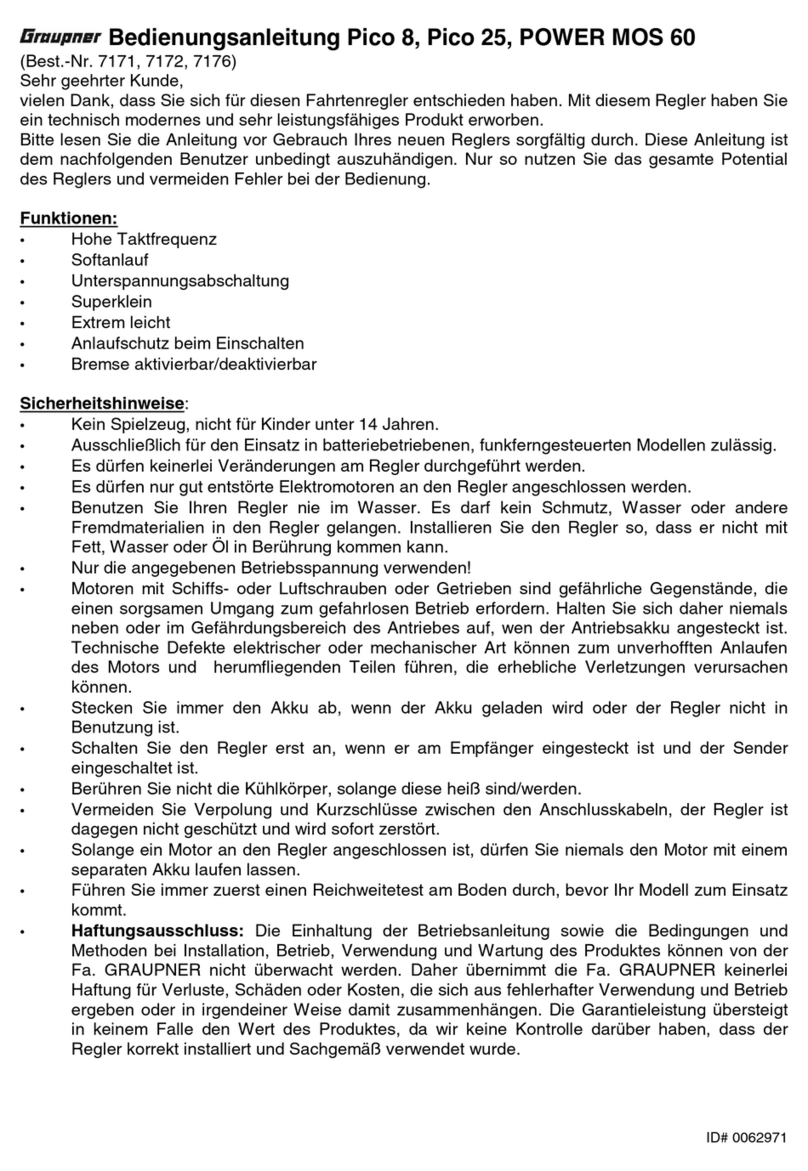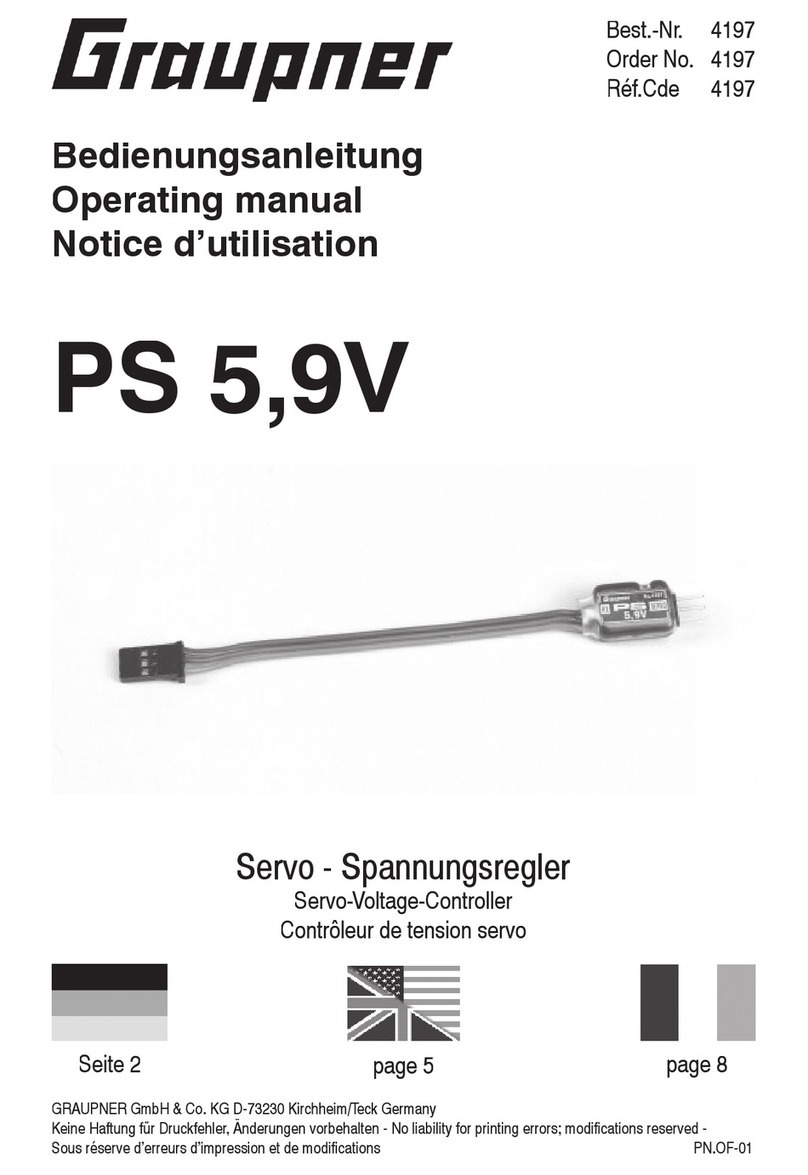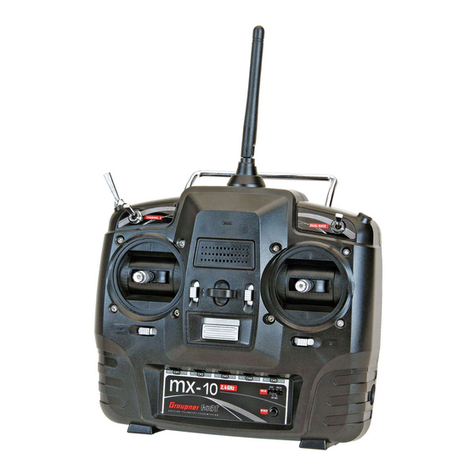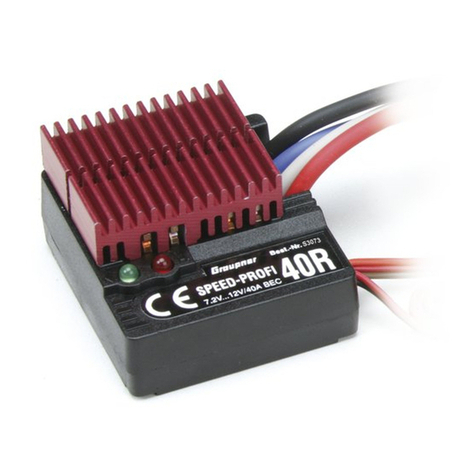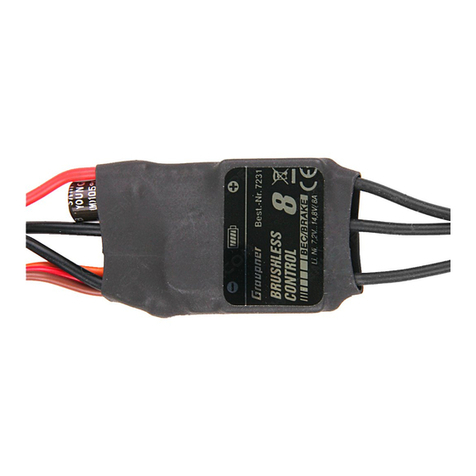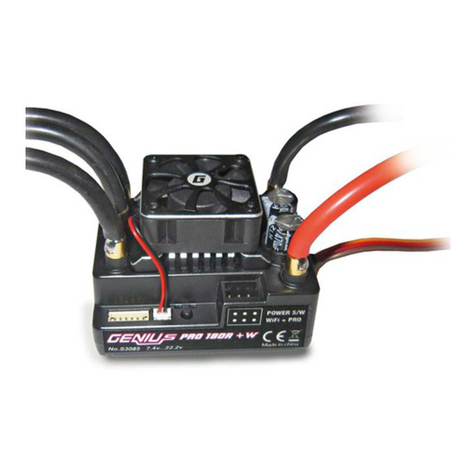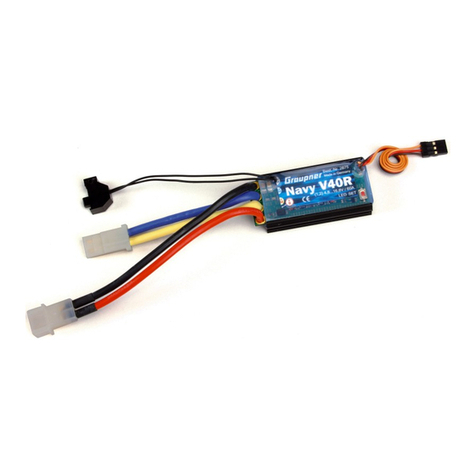
mc-24 PROFI-ROM
Control-comfort and Control-safety
Control-comfort/control-safety4
Extended rotary control functions
Hotkey for quick select
Code 11 + Multifunction-selectmenu:
A short click on the rotary select knob is
recognised as ENTER . In the menu
»Model-select« or in the multi function
menu is the selection and execution
command with the rotary selector knob possible.
Change to sub-menues:
With a short click on the rotary select knob you can
change to the sub-menues within the selected main
menu.
Quick-Select
Holding the rotary-select-knob down in the multi-
function-menu, you can access the menu codes in
groups of ten.
11 alle Codes 1x Speicher
2x Grundeinst. Servos 3x Geber
4x Schalter 5x Flugphasen
6x Uhren 7x Mischer
8x Sonderfunktionen 9x Globale Funktion.
11 Modellauswahl 12 Kopieren/Löschen
13 Ausblenden Codes 14 Ausbl. Modelle
21 Grundeinst. Mod. 22 Servoanordnung
23 Servoeinstellung 31 Knüppeleinstell.
32 Gebereinstellung 33 Dual Rate / Expo
01 2 3 4 5 6 7 8 9
Keep the rotary select knob down and select from
the indicated functions.
Only the codes associated with the selected menu
will be shown in the next window when the rotary-
select-knob is released.
Hotkey for Servo Display
During programming you can access
Code 92 »Servo display« from nearly all
menus by a short push on the rotary select knob.
1 -100% 2 0%
3 +100% 4 0%
5 0% 6 -125%
7 0% 8 0%
9 0% 10 0%
11 0% 12 0%
The selected values or change of all sevo
parameters are instantly visable. Push the rotary
select knob again and you are back in the previous
menu. This new option makes the programming
easy as you can check on the effect immediately.
As a short push on the rotary select knob in the
default window will change to the »Servo display«
you have the advantage of quickly check on the trim
values. This option is especially of help in the phase
dependant trim settings via trim switches in Code 49
»Auxiliary switch«( Page 20).
Search within the help files
You can use the rotary selector to scan
the help files as well as using the HELP-
key commands.
Change of curve nodes
With the rotary selector depressed you
can move the curve nodes sideways in
all curve mixers.
Control-comfort and Control-safety
Digital Trim and INC/DEC-Switch
The previously available digital trim switches in the
Heli-program are now also available for the
functions of aileron, elevator and rudder on fixed
wing models allowing the fine adjustments for flight
phase depending digital trim during flight.
You can change the value of
parameters with the addition of a
INC- and a DEC-Switch, parallel
to the rotary selector. This
option is also of interest during flight adjustments for
fine tuning on your model. Select these switches in
Code 49 »Auxiliary switch« (Page 20).
Warn beep and Pop-up window
Various pop up windows are displayed in the default
display:
•If the teacher/pupil function is active and the signal
is missing or faulty, a warning window will pop-up
in the default display and an audible warning tone
will sound.
STOPFNK RUNMOD
Stoppuhr
Flugzeit 0 00
0 00
:
:
SPCM20
DV20 KATANA
Mod. 03 5:26h
Uwe Corbach
Akku 0:34h
10.8V
kein
Schüler-
Signal
oder
